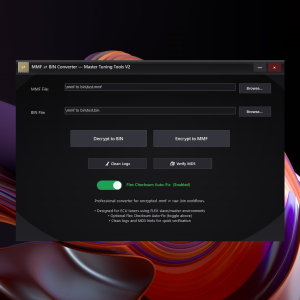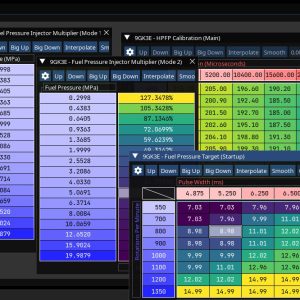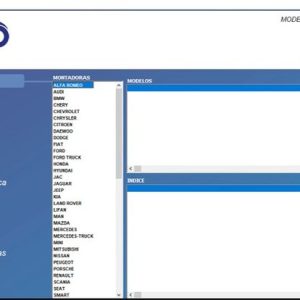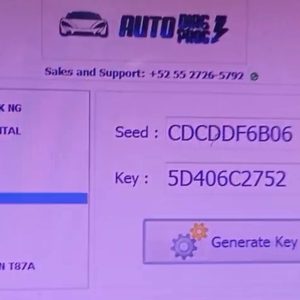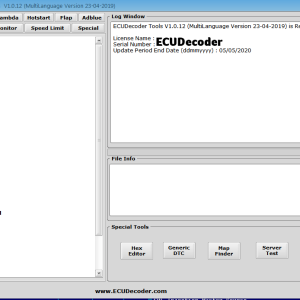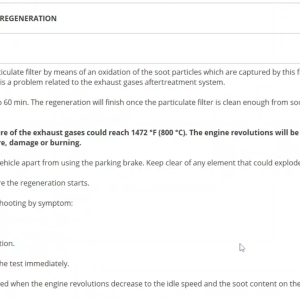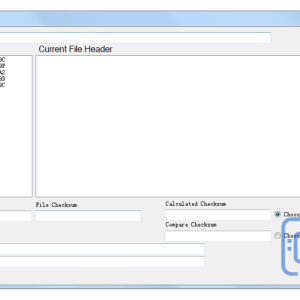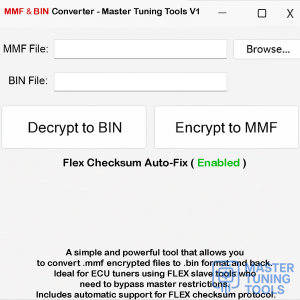Understanding ECU Tuning for Motorbikes
ECU tuning, also known as remapping, involves modifying the engine control unit (ECU) settings to improve performance, fuel efficiency, and responsiveness. This process is essential for motorbike enthusiasts looking to enhance their riding experience.
Why Tune Your Motorbike’s ECU? 🚀
- ➡️ Increased Horsepower: Tuning can unlock additional horsepower, allowing for better acceleration and overall performance.
- ➡️ Improved Fuel Efficiency: A well-tuned ECU can optimize fuel-air mixture, resulting in better fuel economy.
- ➡️ Enhanced Throttle Response: Tuning can refine throttle mapping, providing a more responsive ride.
- ➡️ Customization: Tailor your motorbike’s performance characteristics to suit your riding style.
Types of ECU Tuning 🔧
1. Remapping
Remapping involves altering the existing software on the ECU to enhance performance parameters. This is often done using specialized software tools.
2. Chip Tuning
Chip tuning replaces the original chip in the ECU with a performance-oriented chip that has been pre-programmed for enhanced performance.
3. Piggyback Systems
Piggyback systems work alongside the existing ECU, modifying signals to optimize performance without altering the original software.
Tools and Software for ECU Tuning 🛠️
Utilizing the right tools is crucial for effective ECU tuning. Here are some recommended tools:
- ➡️ ECU Remapping Software: Software like Master Tuning Tools is essential for accessing and modifying ECU parameters.
- ➡️ Diagnostic Tools: Tools that provide real-time data are invaluable for monitoring performance changes during tuning.
- ➡️ OBD-II Scanners: These devices help in reading and clearing fault codes, ensuring the ECU operates optimally post-tuning.
Considerations Before Tuning ✅
- ➡️ Warranty Implications: Tuning may void manufacturer warranties; always check before proceeding.
- ➡️ Legal Restrictions: Ensure compliance with local regulations regarding emissions and modifications.
- ➡️ Quality of Tune: Poorly executed tuning can lead to engine damage; always use reputable services.
Real-World Example: Stage 1 vs. Stage 2 Tuning 🚗
Stage 1 tuning typically offers modest gains by optimizing existing parameters without significant modifications. In contrast, Stage 2 tuning may involve hardware upgrades, such as exhaust systems or air intakes, in addition to ECU remapping, resulting in more substantial performance improvements.
Conclusion
Motorbike ECU tuning is a powerful tool for enhancing performance and efficiency. By understanding the types of tuning, utilizing the right tools, and considering important factors, mechanics and tuners can unlock the full potential of their motorbikes.

